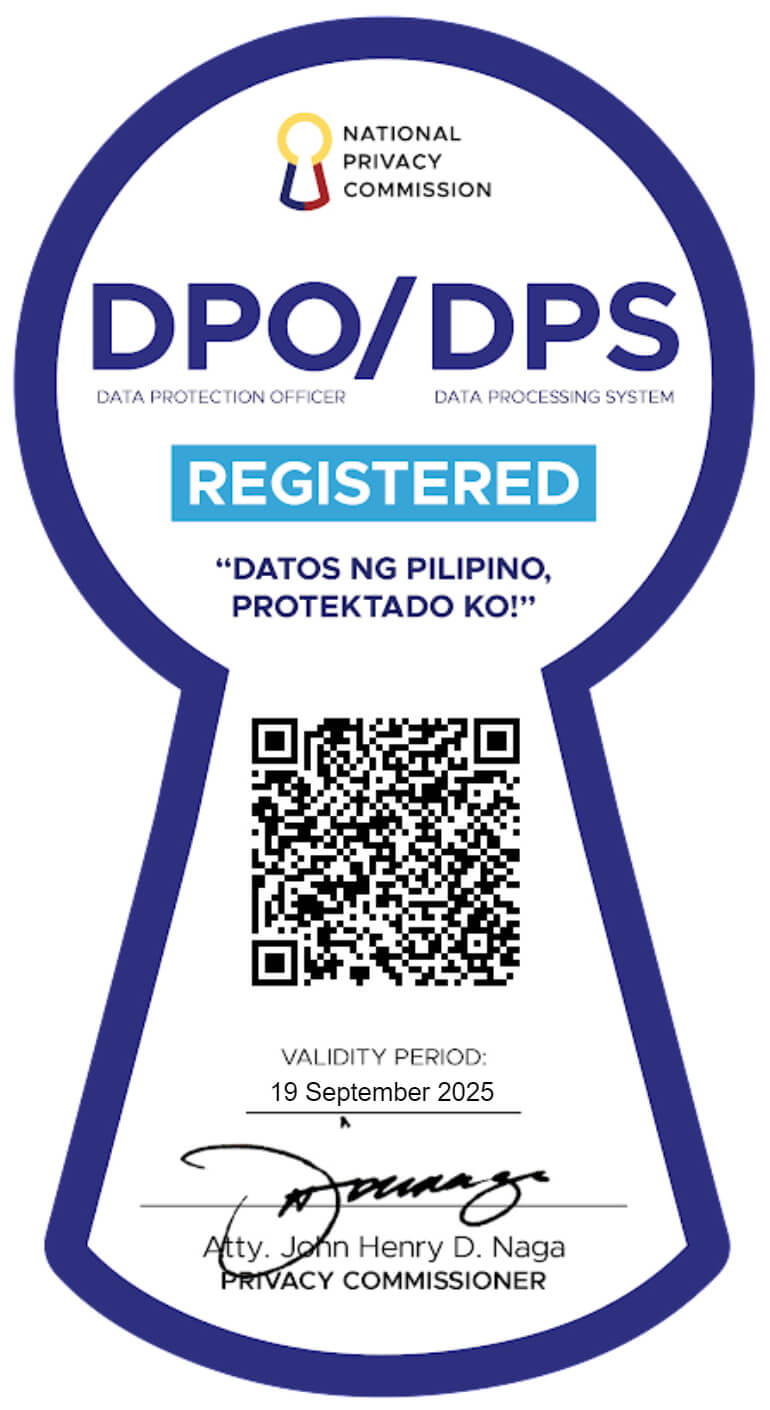-
About Us
Probe CX is a tech-powered, global customer experience organization that amplifies human capabilities with technological excellence.
-
Awards and Accreditations
As an industry-leading CX and digital transformation provider, Probe CX has a resume to match any of our competition.
-
Compliance
Industry-recognized certifications to protect what matters most to our clients and their customers.
-
Locations
Over 19,000 team members delivering exceptional customer experiences across four countries.
-
Vision and Culture
We help our clients become modern digital organizations by combining the latest technology with people, process and data.
-
Executive Team
Meet the team with unmatched experience committed to helping organizations create environments for digitally-enabled CX to thrive.
A leading energy and gas industry retailer required support with credit collection activities and help to optimize their KMS.
- Blog
- What contact centers in 2028 could look like with Generative AI
What contact centers in 2028 could look like with Generative AI
Contact centers are one of the most challenging and demanding work environments, where agents have to deal with a variety of customer queries, complaints and requests across multiple channels and platforms. Agents need to have excellent communication skills, product knowledge, problem-solving abilities and emotional intelligence to provide satisfactory customer service. In any business, this can take significant time and investment until agents are at the required level to service customers.
In this article, we’d like to travel in time to the year 2028 where generative AI is no longer a buzzword but a routine part of our daily lives.

A day in the life of James, a contact center agent in 2028
James heads to his home office, where he logs in to his dashboard and is greeted by Gina, the generative AI copilot that powers his contact center.
Acting as James’ partner, coach and assistant, Gina engages with customers, monitors and analyzes interactions and feedback and identifies the best opportunities for agent intervention and assistance. Gina also provides James with personalized and dynamic guidance based on the customer’s profile, history, preferences and intent, as well as his performance, style and personality.
James reviews the list of tasks assigned by Gina, along with their priority, urgency and estimated time. He can also review his goals, progress and rewards and can choose to accept, decline, or reschedule any task, as well as request more information or assistance from Gina.
James’ first task is to call a high-value customer who had booked a flight to New York but had to cancel it due to illness. Gina has already sent an email to the customer, offering a voucher for a future flight. However, the customer has not responded to the email, so Gina has flagged this as a case requiring agent follow-up.
James initiates the call and Gina connects him with the customer after confirming the booking details. Relevant information and suggestions are displayed on James’ screen, allowing James to make an instant connection with David.
James is pleased to hear that David is feeling better and learns that David hadn’t taken action as he was unsure if the voucher could be used for another destination and family member. Listening in, Gina confirms this is possible and provides James with a concise summary of the terms and conditions of the voucher, which he then explains to David.
James asks David if he has any plans for his next trip and he says that his wife wants to visit London, as she has never been there before. James says that sounds like a great idea and tells David that he has been to London a few times and loved it. He shares some of his personal tips and a recommendation provided by Gina about a free exhibition in spring that might interest David’s wife. David appreciates the advice and asks for a summary of the conversation to be sent to him, which is promptly shared by Gina.
After the call, James rates the suggestions and guidance provided by Gina. The interaction details including customer interests, sentiment and resolution are summarized by Gina and automatically updated in the CRM.
James continues to work on his tasks throughout the day, handling various customer inquiries, issues and requests. He also receives feedback and coaching from Gina during quieter periods, which analyzes his performance and provides suggestions and tips on how to improve his skills and efficiency.
While the agents are busy talking to the customers, another generative AI system, Sage, scans and processes all the customer interactions extracting and analyzing the key information and metrics from the summaries:
- First, Sage scans and processes all interaction summaries extracting and analyzing the key information and metrics from each summary, such as who the customer is, what they want, how the agent handled the call, what the outcome was and how the customer felt about it.
- Next, Sage compares and contrasts the information and metrics with the contact center’s goals, standards and benchmarks such as customer satisfaction, resolution rate, average handling time and revenue. Sage identifies and highlights any problems or opportunities that arise from the analysis and determines the causes and implications.
- Then, Sage generates and evaluates various solutions and recommendations taking into consideration the feasibility, effectiveness and efficiency of each, as well as the trade-offs and risks involved. Sage ranks and prioritizes the solutions and recommendations based on their impact, urgency and relevance.
- After that, Sage communicates and collaborates with agents, managers and the operations team sharing its findings, insights and suggestions using visual aids, charts and graphs. Sage also provides evidence, examples and explanations to support its claims and arguments whilst listening to and incorporating the feedback and input from the experts and adjusting its report accordingly.
- Finally, Sage monitors and measures the results of the solutions and recommendations along with progress and outcomes of the actions taken, comparing them with the previous and expected results. Sage also recognizes and celebrates the successes and addresses the challenges that have occurred and provides further suggestions and tips on how to improve and sustain them.
Summary
In this article, we have shown how generative AI will transform contact center work in 2028, by empowering agents and managers with smart tools and resources to boost their productivity, customer engagement and overall growth. Generative AI will also enhance the customer experience, by delivering fast, accurate and relevant service across multiple channels and platforms. Generative AI will not replace human agents, but augment them. Human agents will still be essential for building rapport, trust and loyalty with customers, as well as handling complex, sensitive and creative situations. Human agents will also be able to learn from generative AI, as well as to teach and improve it. Generative AI and human agents will work together as a team, leveraging each other’s strengths and compensating for each other’s weaknesses. This is the future of contact center work in 2030 and it is exciting, challenging and rewarding.
Related Articles
Customer Experience CX
How to improve contact center agent performance
Learn practical tips to improve contact center agent performance in the modern-day contact center.
Customer Experience CX
Top 6 future trends in contact centers
Discover how technology is changing contact centers for the better with these top trends.
Digital Transformation
Cloud contact centers – what they are and why they work
Learn how the cloud is revolutionizing the contact center environment and making life better for customers, agents and businesses.
© Copyright 2025 Probe CX | Probe CX is a proudly owned subsidiary of Probe Group
Privacy Policy | Responsible AI Policy | Financial Hardship Policy | Whistleblower Policy | Complaints Procedure | Supplier Code of Conduct




